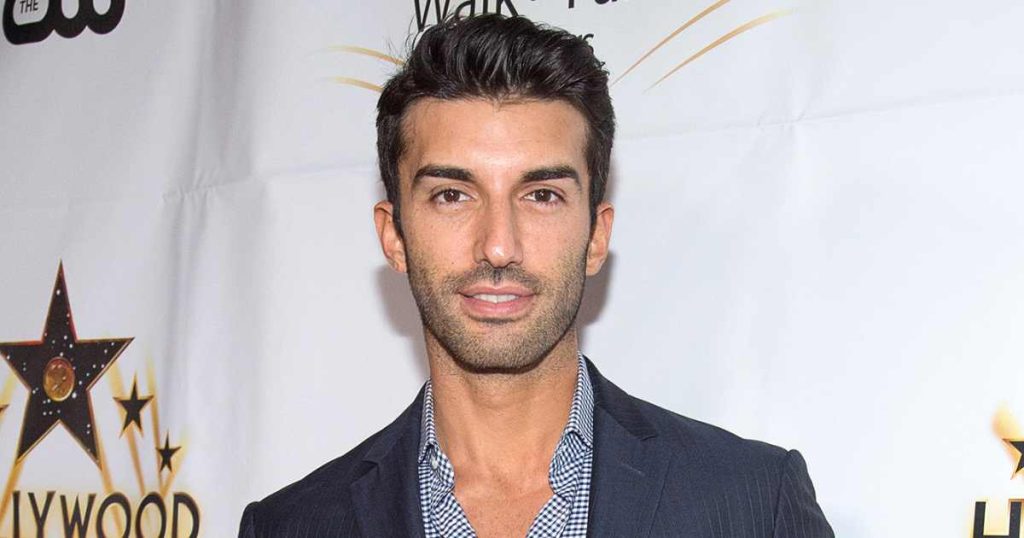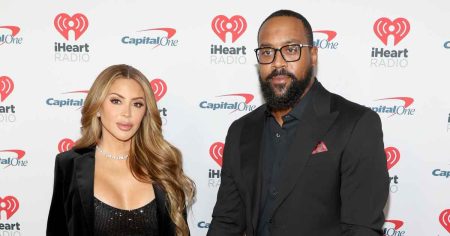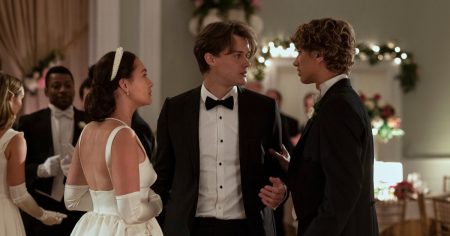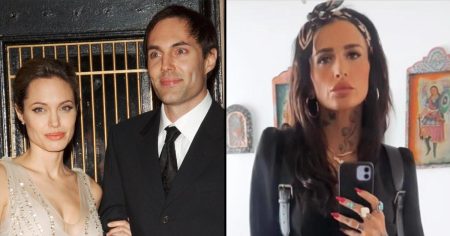The legal battle between actors Blake Lively and Justin Baldoni, stemming from the filming of their 2024 movie “It Ends With Us,” has intensified with a war of words between their legal representatives. Baldoni’s lawyer, Bryan Freedman, has vehemently countered Lively’s request for a gag order, accusing her of attempting to suppress the truth. This request follows the release by Freedman of a video depicting Lively and Baldoni on set, which Lively’s team characterized as “damning.” Freedman argues that Lively’s accusations of sexual harassment against Baldoni, published in a December 2024 New York Times article, are a calculated smear campaign designed to deflect attention from her own allegedly “tone-deaf” promotion of the film. He contends that Lively leveraged her Hollywood influence, built on what he describes as fear of her husband, Ryan Reynolds, and their powerful connections, to orchestrate a false narrative against Baldoni.
Freedman’s statement to Us Weekly paints Lively as desperately attempting to silence the truth, ironically fearing the very thing she allegedly weaponized against Baldoni. He alleges that Lively’s actions were driven by a desire to ruin innocent lives and shift blame to a fabricated smear campaign, all because public perception didn’t align with her portrayal of events. The accusation of sexual harassment, according to Freedman, was a calculated move that disregarded the potential harm not only to Baldoni but also to the broader domestic violence community. He emphasizes the need for accountability for such allegedly malicious actions. Freedman asserts that his team’s goal is to present unedited facts, including text messages and video footage, that directly contradict Lively’s allegations. He frames the release of this evidence as a revolutionary act of truth-telling in a time characterized by widespread deception.
The central point of contention revolves around Lively’s accusations of sexual harassment and Baldoni’s subsequent denial and legal action. Lively, through the New York Times article, accused Baldoni of inappropriate behavior on the set of “It Ends With Us.” Baldoni responded by suing the newspaper for libel and filing a separate lawsuit against Lively and Reynolds. He claims Lively intentionally sought to portray him as the villain in her narrative. The release of the behind-the-scenes video further escalated the conflict, with Lively seeking a gag order to suppress its dissemination. Lively’s legal team argues that the video shows Baldoni behaving inappropriately towards her, including leaning in for kisses, touching her neck, and commenting on her scent.
The back and forth between the legal teams illustrates the starkly contrasting interpretations of the on-set interactions between Lively and Baldoni. Freedman maintains that the video proves Baldoni’s innocence, showcasing their interactions as professional and devoid of harassment. Conversely, Lively’s team interprets the same footage as evidence of Baldoni’s inappropriate behavior. This difference in interpretation highlights the complexities of the case and the difficulties in determining the truth amidst conflicting accounts. The legal battle thus hinges on the credibility of the evidence presented and the persuasiveness of each side’s narrative.
The impact of this legal battle extends beyond the personal reputations of the individuals involved. The public airing of these allegations and counter-allegations touches on sensitive issues like sexual harassment in the workplace and the potential for powerful individuals to manipulate public perception. Furthermore, the lawsuit against the New York Times raises questions about journalistic responsibility and the verification of sources. The outcome of this case could have significant implications for future reporting on similar matters and the legal protection afforded to both accusers and the accused.
The legal wrangling between Lively and Baldoni is far from resolved. With Lively yet to publicly respond to Freedman’s latest statement, and with her request for a gag order pending, the legal battle is set to continue. The ultimate resolution will hinge on the evidence presented in court and the judge’s assessment of the credibility of both Lively and Baldoni’s accounts. The case promises to be closely watched, not just for its Hollywood connections but also for its potential to illuminate broader issues of power, accountability, and the challenge of determining truth in he-said-she-said scenarios.










